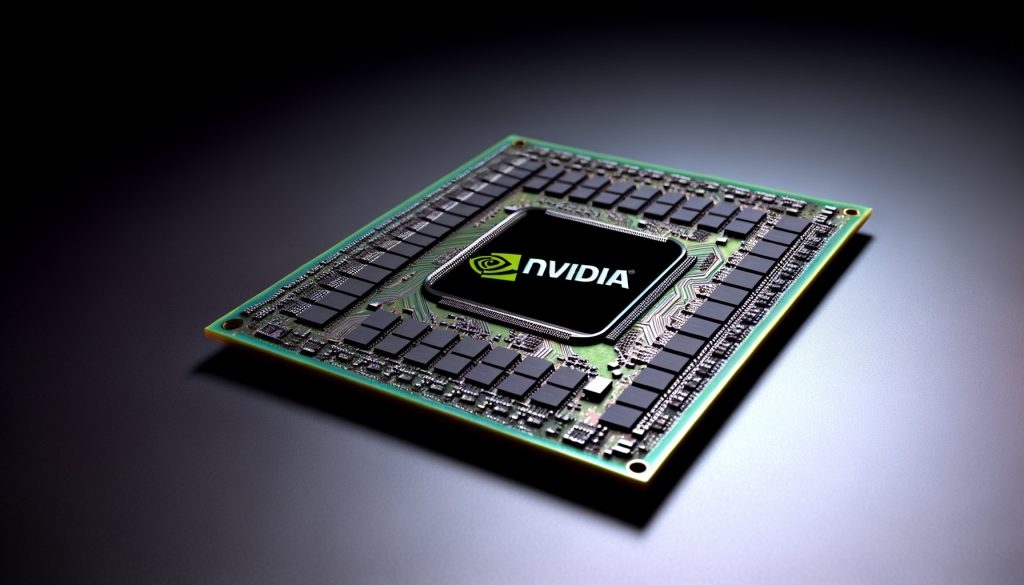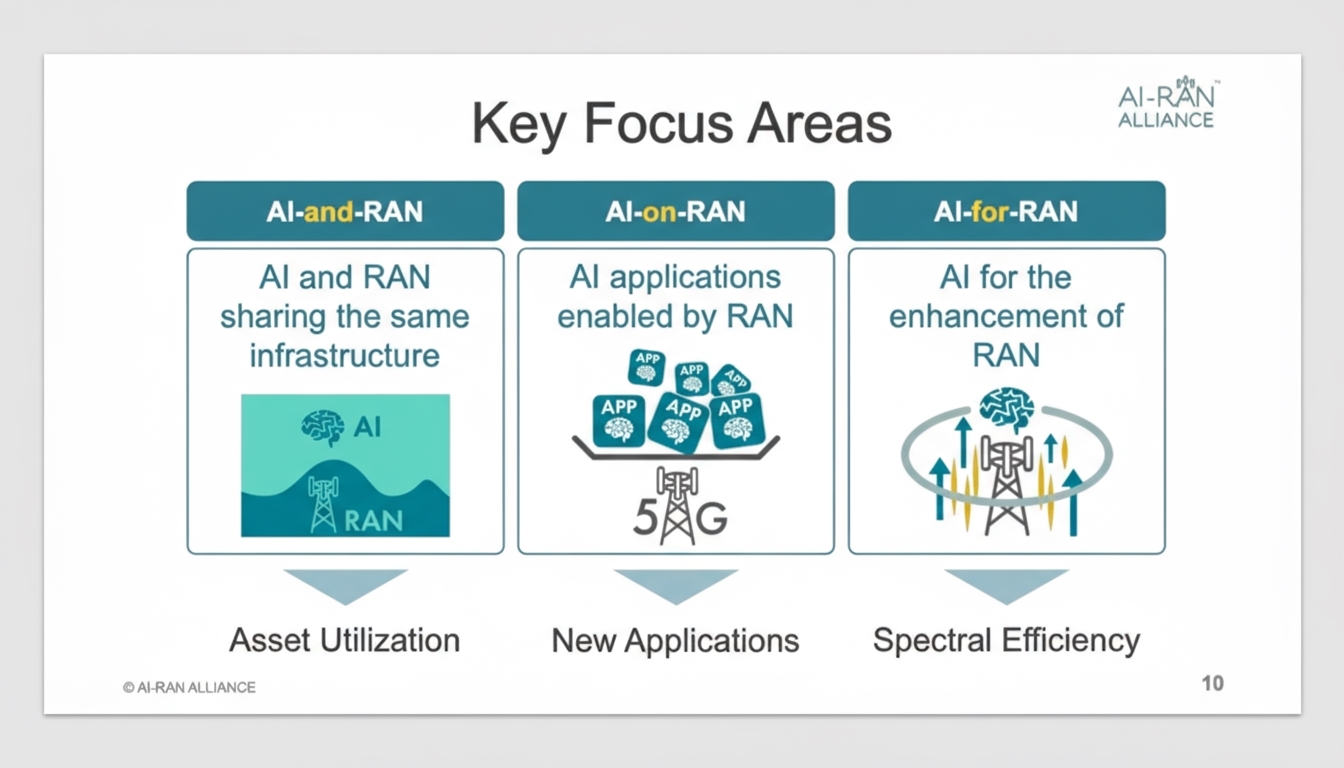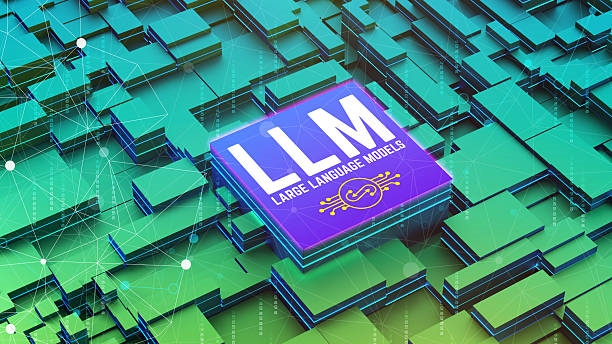Overview
Microsoft's government chief technology officer Greg Wilson discussed the company's role in public sector artificial intelligence adoption, ethical governance, and cybersecurity. As a long-standing technology provider, Microsoft supplies a broad portfolio of products and services across industries and positions itself as a strategic partner to governments.
1. Microsoft's AI Initiatives
Microsoft is advancing artificial intelligence through offerings such as Copilot, Azure OpenAI services, and cloud adoption programs that aim to improve productivity, generate insights, and enable automation. These capabilities support many public sector and other use cases.
"One word driving this change is AI," Wilson said. "Another supporting word is data. Microsoft's recent AI advances are built on a decade of prior work and our evolving approach. Today, we have refocused our government industry efforts to empower public organizations with technology that addresses society's major challenges presented by cloud-based AI.
"We bring new technologies into the market to help governments and partners understand them, and to remove the mystery so agencies can grasp the technology, the issues, the risks, and the responsibilities."
2. Key Drivers for Public Sector Technology Adoption
Wilson advised organizations not to fall behind as the world enters an AI-driven era. "We can talk about generative AI and the benefits of these tools, but the magic begins with hyperscale cloud," he said. Much discussion about AI transformation centers on migrating government systems to the cloud.
"Cloud is where the magic starts. For governments that want better data understanding and access to AI and emerging technologies like quantum, cloud migration is a critical first step," Wilson said. "There they can leverage solutions such as Microsoft Fabric, which connects every data source and analytics service on a single AI platform, reshaping how people access, manage, and process data and insights. Our Copilot products use AI tools to help users adopt new ways of working. Copilot works alongside you to unlock creativity and help complete tasks faster. It helps organize ideas, provide context, and elevate collaboration."
"People expect their governments to change. They expect upcoming services and a more competitive presence in the digital market. We can see clear societal benefits through greater efficiency, lower costs, improved customer satisfaction, and even driving innovation forward."
To accelerate innovation, Microsoft supports customers shifting to the cloud to improve productivity and apply transformational AI. "This has huge impact potential, enabling governments to use our technology to address major societal challenges. It will drive program and experience innovation, enhance public servants' capabilities, and transform commercial practices in government operations and services."
3. The Need for Ethical AI
As AI becomes more embedded in public life, ethical considerations are essential. "Public sector procurement cycles are often longer, and there is strong demand for AI," Wilson said. "We have a responsibility to help governments understand utility, contracting, and how to procure benefits responsibly."
Microsoft established AI ethical principles in 2018. "In short, we must ensure AI remains under human control: this is a top priority for governments and for us. This aligns with democratic principles, including that no one is above the law—neither governments nor companies—so no product or technology should be above the law.
"Designers and operators of AI systems cannot evade responsibility unless some decisions are constrained by law," Wilson added. "We work extensively with governments to help them shape AI policy, advance regulatory debate, and explore what regulatory and policy measures they should adopt."
4. Importance of Cybersecurity
Microsoft employs more than 105,000 security and threat intelligence professionals globally and synthesizes large volumes of telemetry daily to provide insights for governments. The company analyzes threat data and applies AI algorithms to defend against cyber threats.
"Our global technology connects billions of customers, which gives us a unique advantage in aggregating security data and understanding the scope and scale of digital threats worldwide," Wilson said.
Given the diversity of threats, customers face difficulty predicting attacks and protecting themselves. Microsoft uses advanced data analysis and AI to detect and prevent threat and cybercrime activity. "We synthesize hundreds of trillions of signals daily, block thousands of identity attacks per second, tracked more than 300 threat actors last year, and took down up to 100,000 domains used by cybercriminals and, in some cases, state actors."
"Helping people and governments, especially policymakers, understand how we assist them in shaping secure cyber policies and resilience is important," Wilson commented. "Cybersecurity is a national economic priority and a governmental priority to ensure capabilities and data are protected."
5. Partnership with Bentley Systems
Partnerships are central to Microsoft's approach. Wilson cited the collaboration with Bentley Systems, which enabled new digital twin and smart city solutions. "We have our own products, but they are intended to support a broad partner ecosystem," he said. "In areas like smart cities and critical infrastructure, Microsoft does not build bridges or railways, but our technology helps the companies that do."
"Strategic partnerships like the one with Bentley Systems allow us to develop new smart city solutions, building on our work in digital twins."
Digital twins can reduce costs, aid urban planning, and support public engagement on projects such as high-speed rail or dams. "Digital twins enable extensive scenario testing without harming physical assets. In many ways, the most valuable race car is the digital twin, where teams can test many scenarios and advance without risking the physical vehicle."
"These opportunities—especially as we move toward industrial metaverse scenarios where digital twins combine with IoT sensors—will combine our expertise with partner expertise to deliver meaningful changes in business and mission outcomes."
6. Looking Ahead
Wilson expects the pace of technological change to accelerate. "Change is faster today than ever, and that will continue," he reflected.
"The speed of AI change is significant. This is not mere hype; it is genuinely altering how AI progresses."
Beyond AI, Wilson highlighted other next-generation technologies from 6G networks to robotics and the metaverse. "We are in the early stages of 6G. We need to consider how this technology reaches frontline workers, especially in public safety, justice, healthcare, and critical infrastructure.
"As computing becomes more pervasive, we will see more low-code and no-code applications enabling people to advance public services themselves."
Despite skepticism in recent months, Wilson believes the metaverse will have a role. "The infrastructure exists, as does the technology and AI. The industrial metaverse and smart cities will be important drivers. Quantum computing is also advancing in research and will increasingly influence data-driven decision making."
Finally, Wilson emphasized that as public sector organizations adopt these technologies, understanding their implications is a responsibility. "We are working with government research bodies, international think tanks, and academia to help drive innovation and to answer which government services can be improved, what smarter use of digital technology means for environmental outcomes and services, and where quantum might move things forward."
"Underpinning everything now and in the future are security and trust, and what they mean when new technologies are adopted," Wilson concluded. "The automobile replaced the horse; as we examine AI, how do we explain that analogy? We all need to consider these issues responsibly for the public sector, because change is continuous and should be addressed strategically, not passively."
 ALLPCB
ALLPCB








